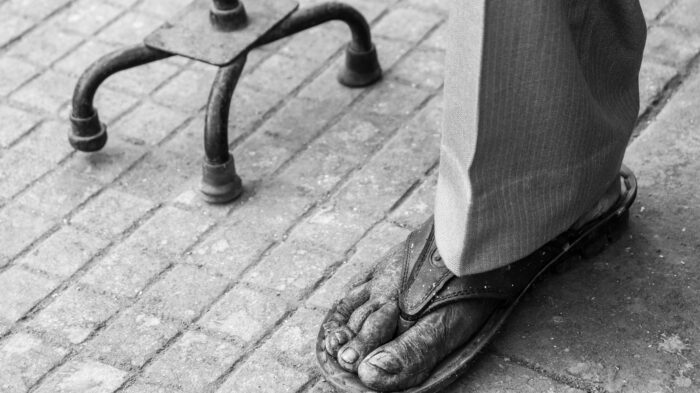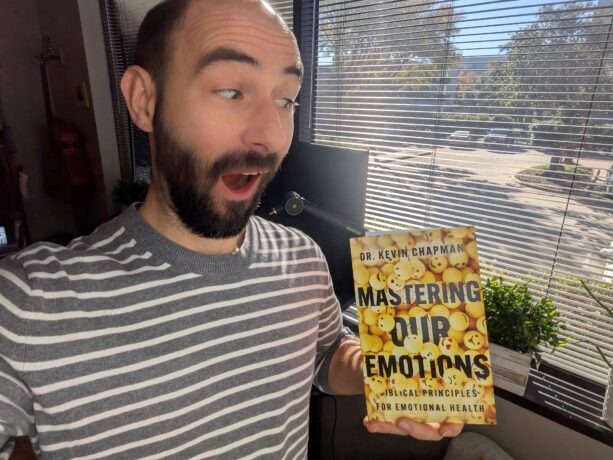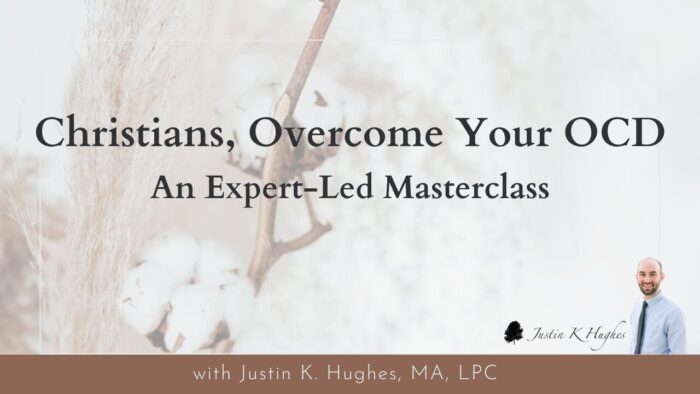I have booked plane tickets twice since the incident in mid-April 2018, and when choosing seats, I hovered precariously as I decided whether to select my favored window seat, or if I go for the “safer” aisle. My wife mentioned slight concern over the window seat because of the tragedy that occurred.
Working closely with the CBT treatment of Anxiety Disorders and OCD, I knew the moment I read the news- first about engine failure and the sad death of a wife and mom, Jennifer Riordan, and more recently the loss of cabin pressure and a window crack on a separate flight- there would be increased fear and anxiety about flying. Why? Flying commercially is statistically more safe in the U.S. than it’s ever been. Even with these incidents. Even with 100 of these incidents.
The fear is natural, and even normative, to some extent. It makes sense that we’d instinctually be a bit curious about our well-being in a metal tube soaring at 500 mph with tons of jet fuel propelling it. Even the possibility of flight has been denied in most of human history.
But what about when fear starts to cause problems ? Affect choices? Leads to avoidance of life pursuits and goals? Or becomes one more in a cumulative list of anxieties and worries? One way to be 100% certain that you will increase your fear load is by giving the aforementioned flight(s) unrealistic credit. By associating personalized, catastrophic meaning to a situation that is one of the safest things you can do (safer than riding a bike), a distortion has taken place. Some disorders, such as Specific Phobias, PTSD or OCD, make it pathologically difficult (i.e., neurobiologically) to change how one feels and thinks, regurgitating fear quicker than your vertigo-experiencing seatmate with their airline-branded “barf” bag.
With Flight 1380 being the first fatality on a U.S. passenger airline since February 2009 (over 9 years), flying on a plane is a remarkably secure form of travel. Unconvinced? Check out Forbes’ mining of some reputable stats.
Here’s the thing; education and stats are helpful, but only go so far. Fear is more than a reasoning thing- or in neuro terms, more than a prefrontal cortex (PFC) thing. Fear is an emotional thing. An amygdala thing. A learned response and genetic thing, along with a pervasive attitude and decision thing. It’s something that can destroy, harm, and erode, or it’s something that can be used in its rightful context, and set aside when not useful (e.g., PTSD treatment where a person can balance both safe and smart decisions, while facing disordered fear, so they can live life more fully).
So if you’re like most people who need a bit more than statistical education to counter anxiety and become stress resilient, remember this:
What you think and believe (cognitively) is vitally important.
What you do (behaviorally) is vitally important.
Your health and well-being are intricately tied to these. Small decisions today can lead to a long-term impact. For many of us, the greatest threat we face today is fear. So I chose the window seat.
~Justin
“I am an old man and have known a great many troubles, but most of them never happened.”
~Attributed to Mark Twain









Leave a Reply